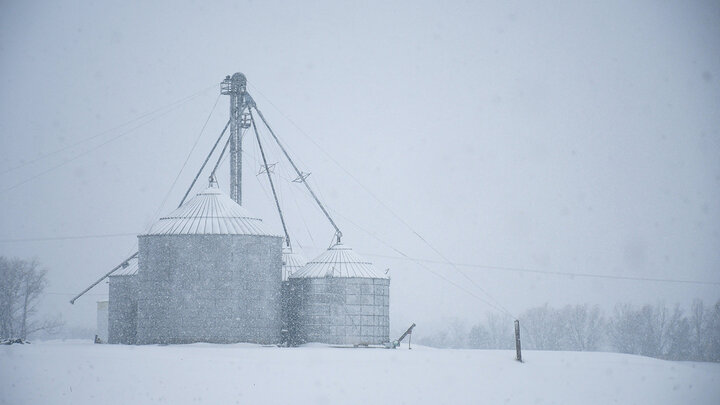While President Biden’s proposed Clean Energy Standard is being debated in Congress, it seemed like a good time to review state clean energy policies. Most states have adopted some type of major clean energy policy. Nebraska is among the 11 states that have not adopted a state clean energy policy.
What is President Biden’s proposed Clean Energy Standard? The Biden Clean Energy Standard (CES)--which is part of the $3.5 billion budget resolution currently being debated in Congress--would pay electricity utilities that increase the amount of clean energy sold to customers by 4% each year. Utilities failing to reach the 4% clean energy standard would pay a fee, depending on how much close they were to meeting the 4% CES. The CES would be the single most important program to reduce US carbon emissions and would get the US most of the way to 50% fewer carbon emissions by 2030.
What are the two most common state clean energy policies? The two that have been around the longest are (1) clean energy standards (formerly called renewable portfolio standards or RPSs); and (2) energy efficiency resource standards.
What are state clean energy standards? CESs require electric utilities to have a certain percentage of clean energy generation by a specified deadline; e.g. 40% clean energy by 2025. CES goals are similar except that there are no penalties if the utility does not meet the deadline.
How many states have clean energy standards? According to NC State University, 35 states plus the District of Columbia have clean energy requirements, and 14 states have clean energy goals. Of Nebraska’s neighbors, all but Wyoming have a clean energy requirement or goal. 12 states, including Nebraska, have no clean energy requirements or goals.
What are energy efficiency resource standards? EERSs require electricity utilities to meet annual energy savings requirements. A common type of EERS program is utility cost-sharing for customer installation of energy-efficient equipment, such as furnaces and air conditioning systems, refrigerators, washers and driers, and industrial equipment.
How many states have energy efficiency resource standards? According to NC State, 25 states have EERS requirements, and five states plus DC have EERS goals. Of Nebraska’s neighbors, only Colorado has a state EERS requirement.
How many states have neither CES/RPS or EERS requirements or goals? 11: Alaska, Idaho, Wyoming, Nebraska, Louisiana, Mississippi, Alabama, Georgia, Tennessee, Kentucky and West Virginia.
So Nebraska is tied with ten other states for last place in state clean energy policy! Yes. However, Nebraska does have net metering policies for those who have wind or solar power and sell power back to the grid. Several Nebraska utilities provide cost-sharing for installing energy efficient appliances and equipment. And Nebraska is a major ethanol producing state, which burns significantly cleaner than gasoline. But Nebraska is not a clean energy policy leader.
How much of Nebraska’s electricity is generally considered clean energy? In 2019, 13% of electricity in Nebraska was generated from wind energy, while hydroelectric generation was just under 4%. So around 17% of Nebraska’s electricity comes from renewable sources. Just over 20% comes from nuclear generation. So 37% of Nebraska’s electricity is generated from low-carbon sources. Coal-fired power plants provide just over 60% of Nebraska’s electricity.
So what would happen in Nebraska if the Biden CES program is adopted in Congress? If it took effect in 2022, and Nebraska utilities increased clean energy generation by 4% per year, Nebraska coal generation would fall from 60% to 44% of the state’s electricity generation by 2025, and down to 24% by 2030. The lost power from reduced coal generation would likely be made up through increased wind and solar power generation.




